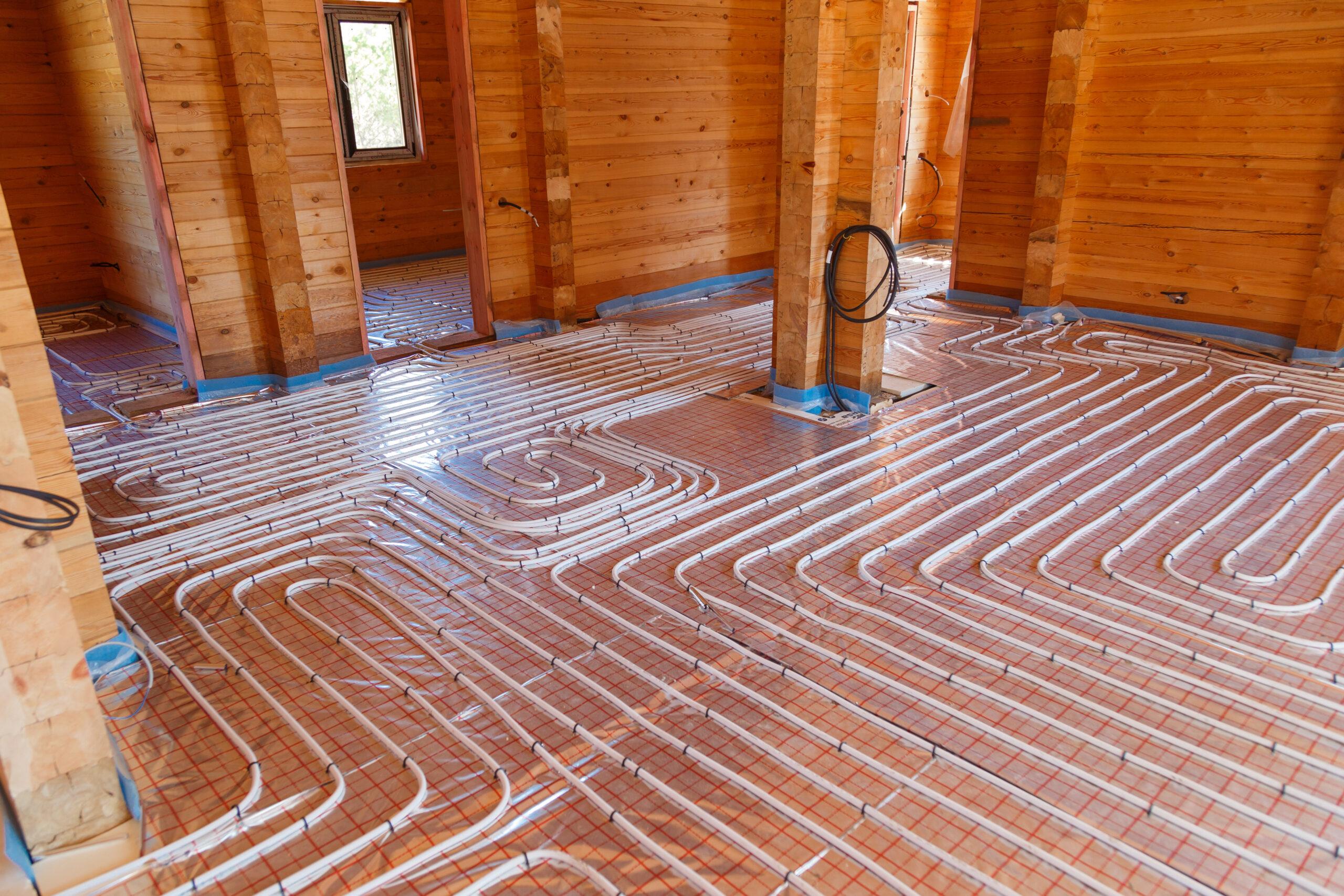

Radiant heating can also be installed outside your home, under the sidewalk or driveway to help melt ice and snow. The heat emitted by the tubing naturally radiates the room, warming all objects in it, including the floor, walls, ceiling, furniture and people. Radiant heating is a system of tubes that are installed under the floors, behind the walls or ceiling that are capable of warming up an entire house. This article briefly explains what radiant heating is and what benefits it offers. And according to Scientific American, radiant systems transmit heat on average some 15 percent more efficiently than conventional radiators. PM Engineer Magazine reports that radiant heating is growing in popularity each year in both new and retrofits across the U.S.
/radiant-heating-subfloor-1821089-hero-9df22b17f8564dc78fded38d8995798c.jpg)
Thousands of years later, underfloor heating has evolved into one of the fastest-growing, most cost-effective and efficient ways to heat your house. While the Romans are often given credit for creating radiant heat, in actuality, both archeology and research into ancient texts have proven that radiant heating came to be thousands of years before the Romans in Asia.

Steam or hot-water pipes are placed under the floor material, behind the walls or in the ceilings, delivering heat to the surrounding space, quietly and invisibly, in a constant, uniform way.īelieve it or not, radiant heating is one of the oldest forms of heating known to humankind. With radiant heating, heat comes from panels installed in floors, walls or ceilings. Radiant heating is growing in popularity because it’s a clean, quiet, efficient, dependable, and cost-effective way to heat your home in the winter.


 0 kommentar(er)
0 kommentar(er)
